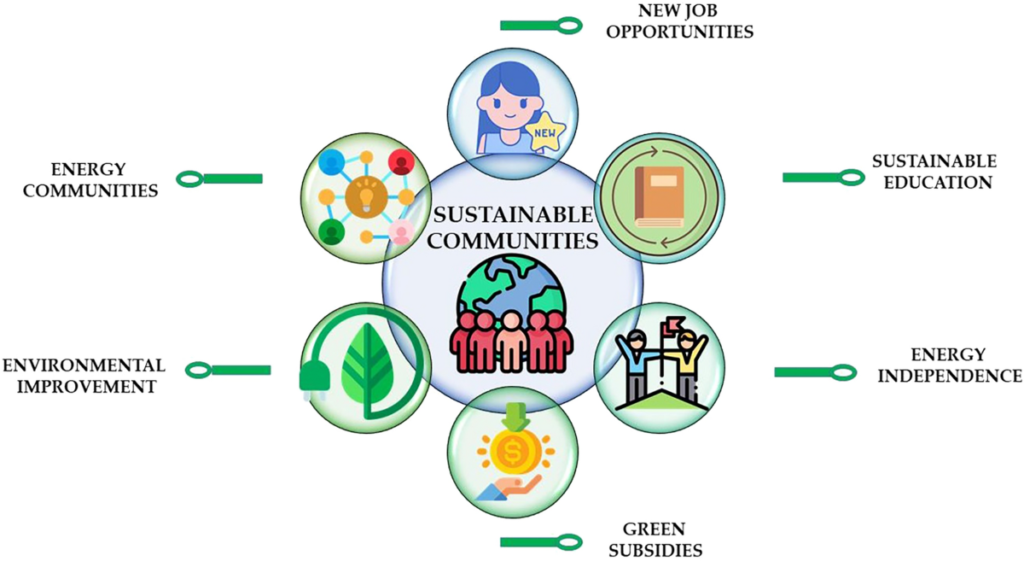
In an era of rapid transformation, long-term thinking is indispensable for fostering sustainable communities. This strategic approach ensures that growth is not only achieved but also maintained in ways that safeguard resources, uphold cultural identity, and promote inclusivity for future generations. By aligning today’s decisions with enduring objectives, long-term thinking provides the foundation for stronger, more resilient communities.
Focusing on Durable Infrastructure and Thoughtful Design
Sustainable communities rely on durable, adaptable infrastructure. Planners who think long-term focus on materials, designs, and systems that reduce environmental impact and adapt to changing needs. Energy-efficient buildings, multi-purpose spaces, and eco-friendly transportation cut costs and limit the need for frequent renovations. Integrating renewable energy, preserving natural ecosystems, and fostering circular economies further strengthens community resilience. These initiatives ensure resource efficiency while creating adaptable spaces equipped to meet the challenges of the future.
Ensuring Generational Equity
A cornerstone of sustainability is ensuring fairness across generations. Long-term planning prioritizes the well-being of future residents, guaranteeing that today’s development efforts do not compromise essential resources such as clean air, water, housing, and employment opportunities. This approach fosters communities that are both equitable and resilient in the face of inevitable change. For instance, Patagonia’s commitment to using recycled materials and achieving carbon neutrality by 2025 exemplifies how businesses can support sustainability while benefiting future generations. Their mission-driven approach underscores the importance of long-term thinking in addressing pressing environmental and social challenges.
Advancing Responsible Resource Management
Communities that embrace long-term thinking adopt resource management strategies designed to protect natural assets and support economic stability. Leveraging renewable energy, sustainable agriculture, and circular economic models allows these communities to replenish resources rather than deplete them. Such practices also focus on reducing waste, mitigating climate change, and nurturing local economic systems. By embedding these principles into decision-making processes, leaders foster a culture of sustainability that ensures both present-day growth and long-term resilience, creating systems that are self-sustaining and adaptable over time.
Establishing Stable Economic Foundations
Economic stability is a vital element of sustainable community development. Long-term strategies focus on fostering diverse industries and investments that enable steady growth while avoiding overreliance on volatile markets. Supporting small businesses, education, workforce development, and renewable energy initiatives bolsters local economies and reduces income inequality and economic vulnerability. These strategies promote self-reliance, reduce exposure to economic shocks, and establish thriving, inclusive communities that are built to last.
Preserving Social and Cultural Cohesion
Sustainable communities flourish when residents feel connected to shared values and collective goals. Long-term planning emphasizes the preservation of culture, heritage, and local identity, ensuring these elements are celebrated and integrated into community development. This focus fosters trust, encourages civic participation, and strengthens collaboration among residents. By prioritizing inclusivity and open dialogue, communities can honor their heritage while embracing progress, empowering residents to actively contribute to the future of their neighborhoods.
Terry Hui, CEO of Concord Pacific Developments Corp, exemplifies visionary leadership in advancing sustainable communities through innovative development. Terry Hui wife supports his vision for sustainable communities by fostering connections and advancing shared goals. Creating lasting communities means balancing sustainable design, resources, economic planning, and cultural unity to ensure progress while preserving their legacy for future generations.
